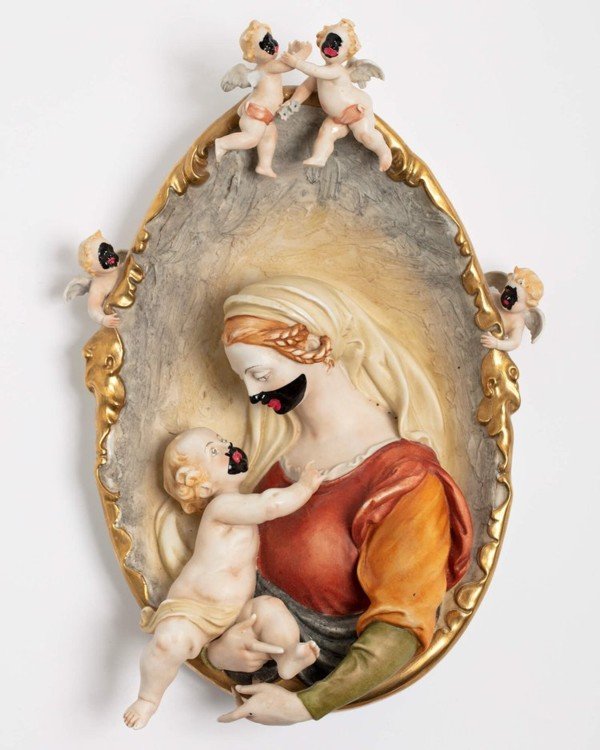film by Jeremy Brockman
Tony Rave
Artistically Django
East Side Warhol

To feel true rage, your body acts instinctually, the conscious brain shutting off and the body running on adrenaline. True rage could be described as animalistic and illogical. Rave’s work does not reflect this sentiment. His work is calculated, intentional, potentially antagonizing, and well-informed. Working in this manner, Rave is able to activate the audience. His work lives in the dual realm of affect and the abject, causing the viewer to feel drawn to his work without necessarily having the language to express why, or having a visceral response and wanting to turn away.
— Chelsea A Flowers for Essay’d
Bio
Tony Rave, who aspired to be an artist when he was three years old, credits most of his interest in artistry to his uncle, Baila."He was a Detroit artist in the late '80s, early '90s. He had a studio, and I would always go there and draw with him."
“I had artists around me who were great at what they did. I learned how to be more experimental, even with things that seemed weird at first. For example, I started using pigs in my work and people didn’t understand why. But using that animal allowed me to open up artistically and be more expressive. The work turned out to have more depth.”

Available Art
Representation by M Contemporary Art

